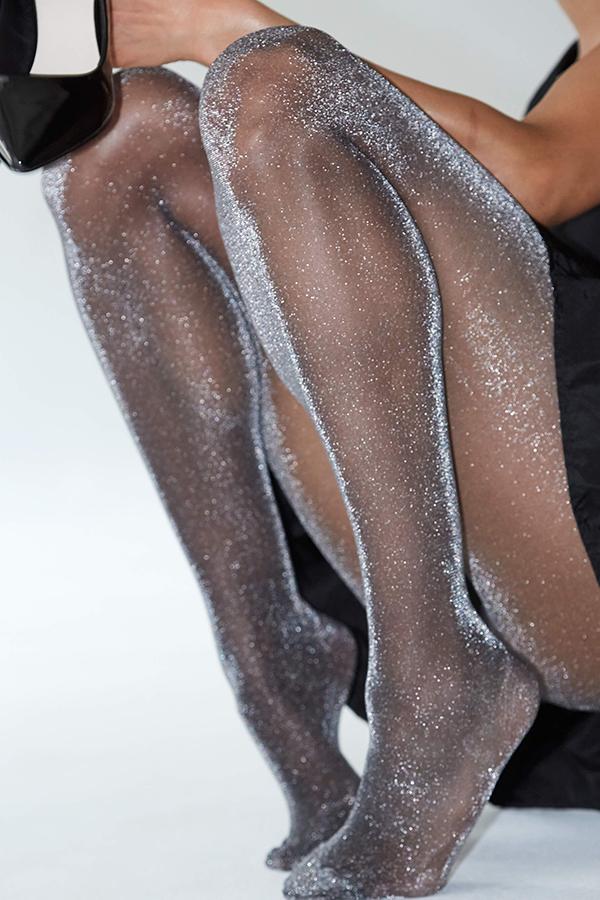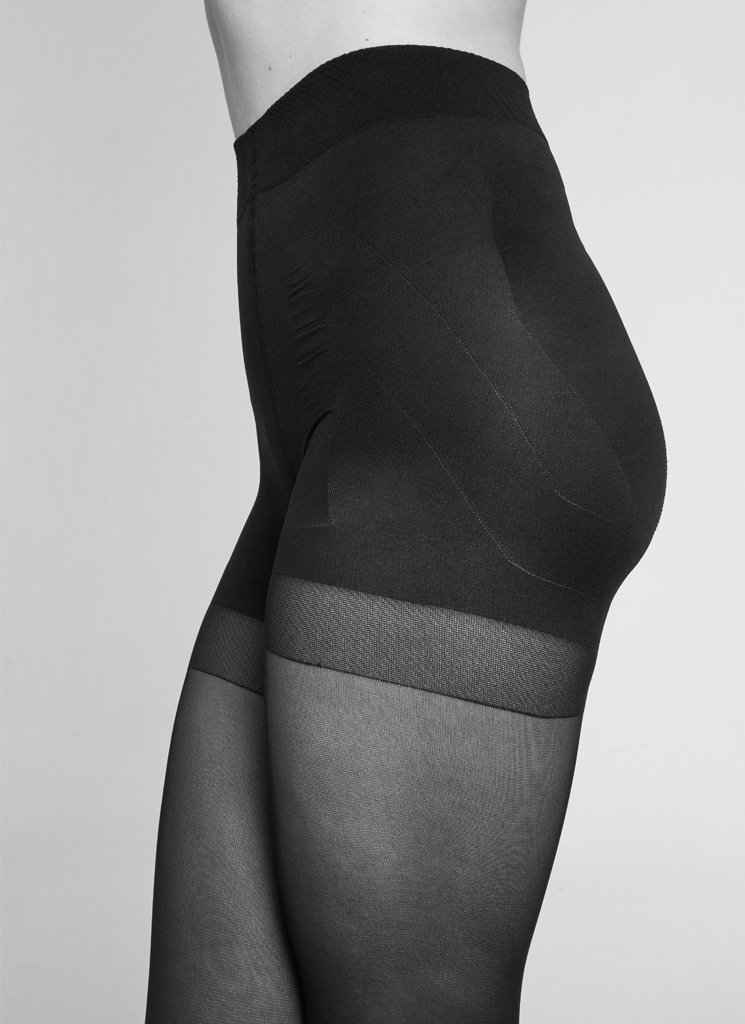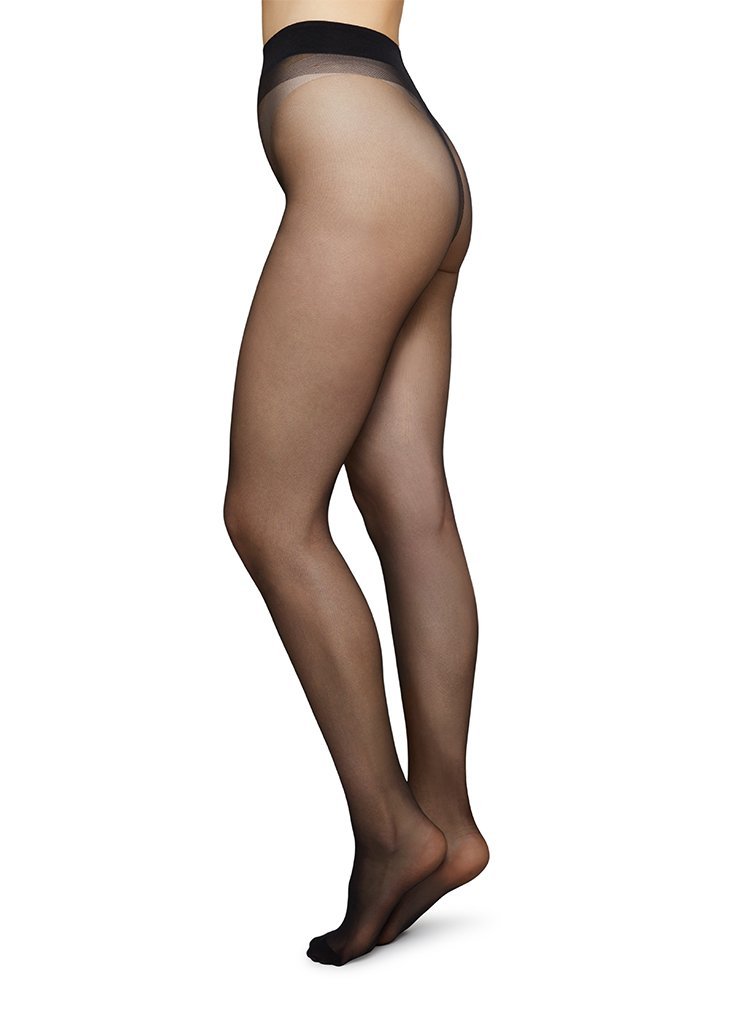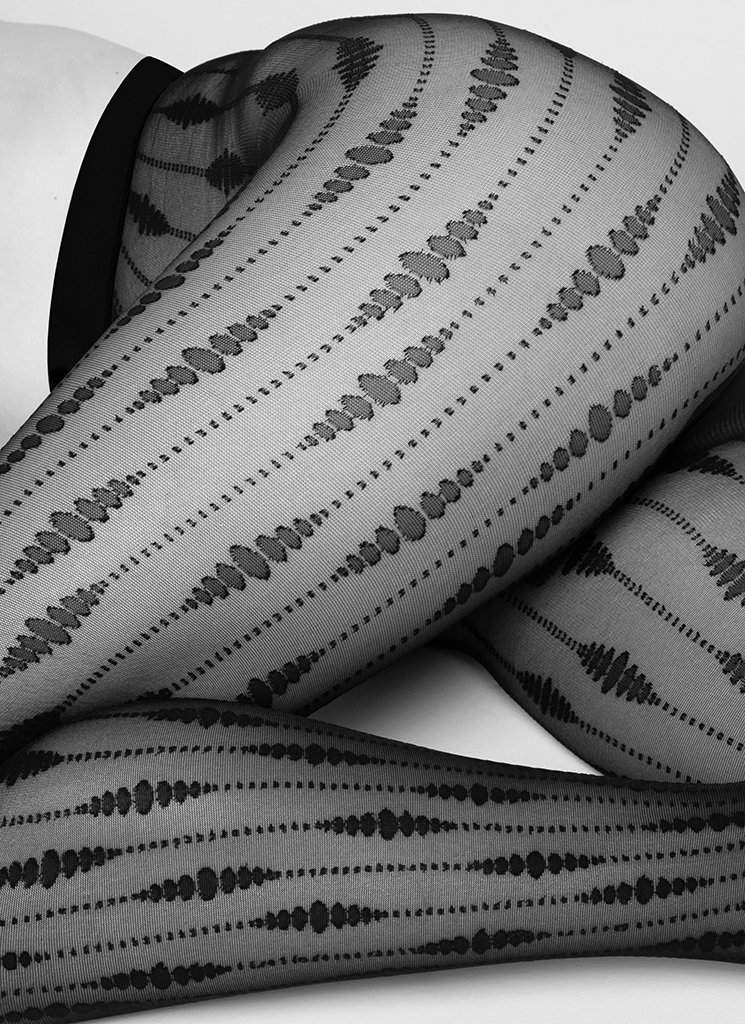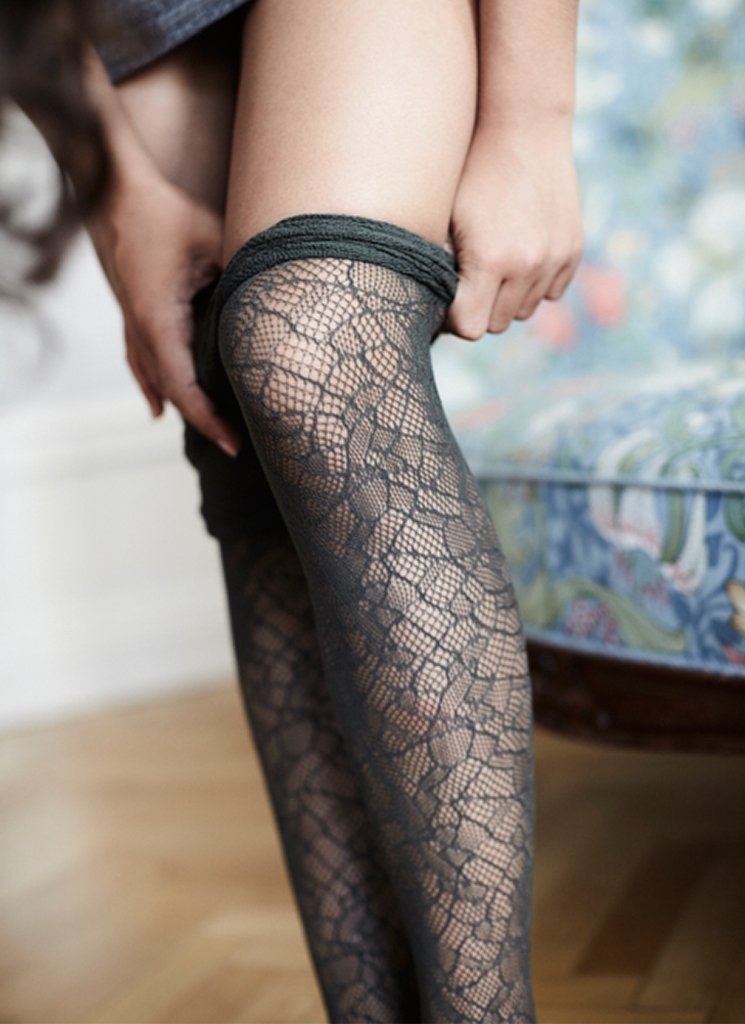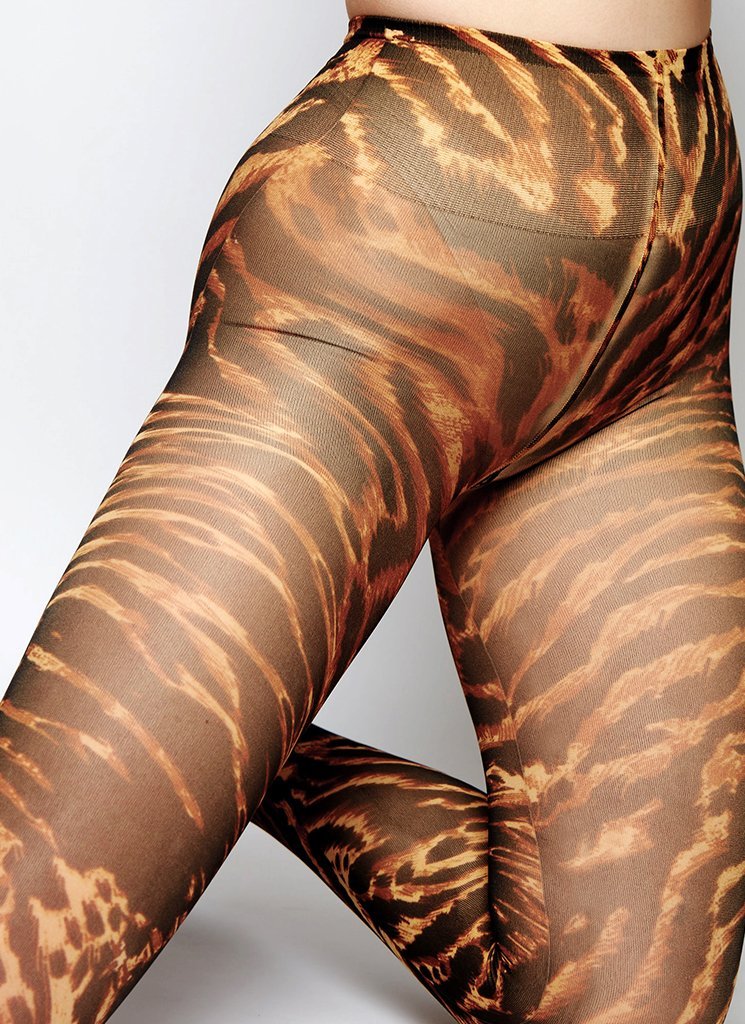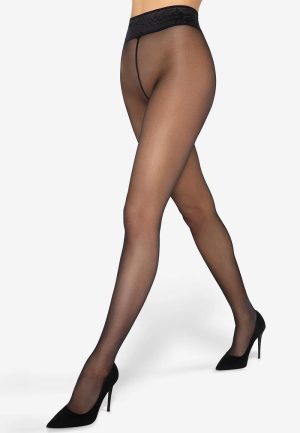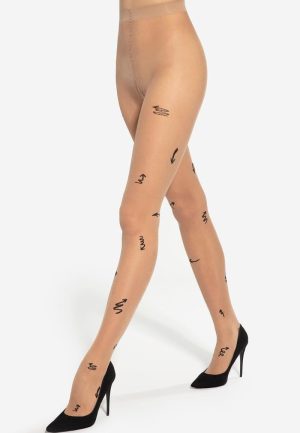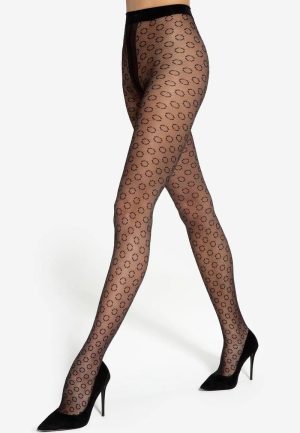Each year, two billion pairs of tights are produced, worn a few times and then discarded, helping to make the textile industry the second most polluting industry in the world. Landfills everywhere are full of poorly made and cheap non-biodegradable textiles – and it’s getting worse. Nylon yarn, which is currently used to produce most modern pantyhose, is created from an environmentally harmful petroleum-based manufacturing process that is not only bad for the planet, but also produces pantyhose that don’t last. These harmful practices in the fashion industry are all too common.

Swedish Stockings was launched on the belief the world needs more innovative and environmentally conscious products to lead the way. They have found a smart way of avoiding making cheap non-biodegradable textiles which can take 30 to 40 years to decompose. A forerunner in sustainably produced nylon stockings, Swedish Stockings produce beautiful pantyhose from recycled yarn. Their factories engage in sustainable practices including the use of environmentally friendly dyes, post-dyeing water treatment and the use of solar power for much of the energy needed in the manufacturing process.
Founded by Linn Frisinger and Nadja Forseberg, the two womenpreneur’s have managed to avoid using Nylon yarn, which is currently used to produce more modern pantyhose, an environmentally harmful petroleum-based manufacturing process.
Swedish Stockings are made from recycled yarn and natural fibres, and the process by which they are manufactured is sustainable: the factories use eco-friendly dyes, post-dyeing water treatments, and solar power. The company is also working on developing a recycling program to collect hosiery from around the world and grind it down into a filler material in glass fibre tanks.
Producing beautiful pantyhose from recycled yarn, the innovative and environmentally conscious label has been gaining attention from magazines like Vogue. Stockings and pantyhose are made primarily from nylon, an unsustainable fabric created through a coal-, water-, and energy-heavy process. Working with new high-tech fabrications, Frisinger and Forseberg have managed to separate nylon from elastane to make new stockings out of old ones.







